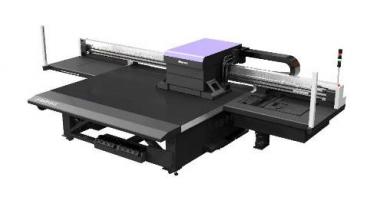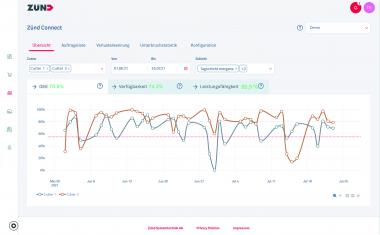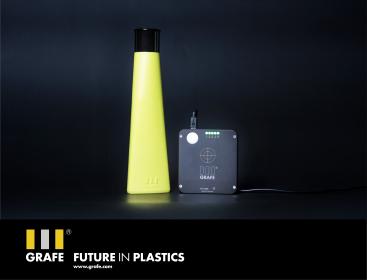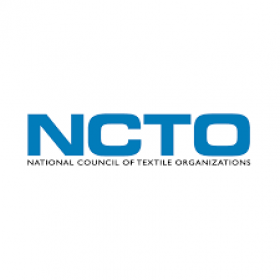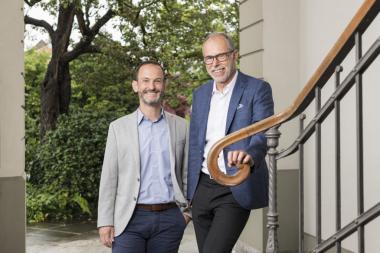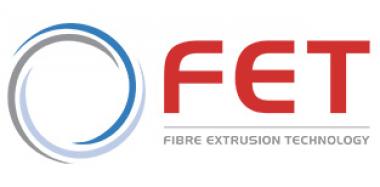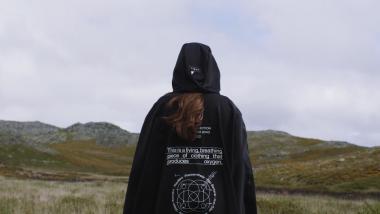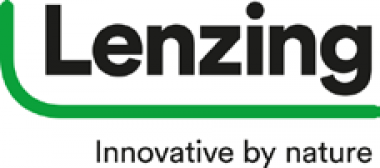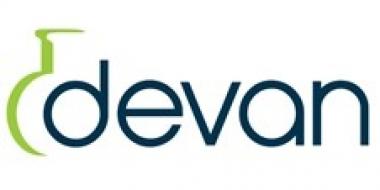Launch of a new ISO certification standard
Textechno reports launch of a new standard for the drapability and deformability of fabrics and non-wovens: ISO 21765
World market leader for precision testing equipment Textechno and their partner SAERTEX, global market leader in non-crimp fabrics (NCF) are proud to announce that the newly developed international standard ISO 21765:2020 to quantify material behaviour in terms of drapability and deformability was recently published by ISO.
The new standard ISO 21765 allows the world-wide comparable measurement of all relevant parameters regarding the deformability and drapability of all kinds of fabrics, including woven fabrics and NCFs as well as knitted fabrics and non-wovens on Textechno´s precision testing equipment DRAPETEST. This can be very useful in the carbon fibre recycling since one of the most efficient applications of recycled carbon fibres will be in non-wovens.
This is the first testing instrument world-wide to quantify not only the force which is required for deforming a fabric, but also the various defects such as gaps, undulation, or wrinkles which can arise due to the deformation.
In the frame of a publicly funded project which started in 2011, Textechno developed the award-winning automatic drapability tester DRAPETEST along with other partners, amongst them SAERTEX.
Dietmar Möcke, CTO at SAERTEX says: „With ISO 21765, we finally have a standardized testing method with world-wide validity. It allows us to provide our customers with comparable and reproducible measurement values regarding the draping characteristics of our products.”
Ulrich Mörschel, Managing Director of Textechno adds: “We are grateful for the support from all around the world allowing us to establish the new ISO standard. The standard finally fills a gap in the testing methods for fabrics both in the fields of textiles and composites.”
Dr. Michael Effing, Managing Director of AMAC GmbH and Senior Advisor to Textechno: “A lot of research is dedicated to new production technologies of composites, non-crimp fabrics and classical fabrics for thermosets have with 33 % a significant market share in the production of all composite materials. The application of the new standard for non-wovens from recycled carbon fibres comes perfectly on time for this market sector which will gain more and more importance within the next years.
AMAC GmbH










